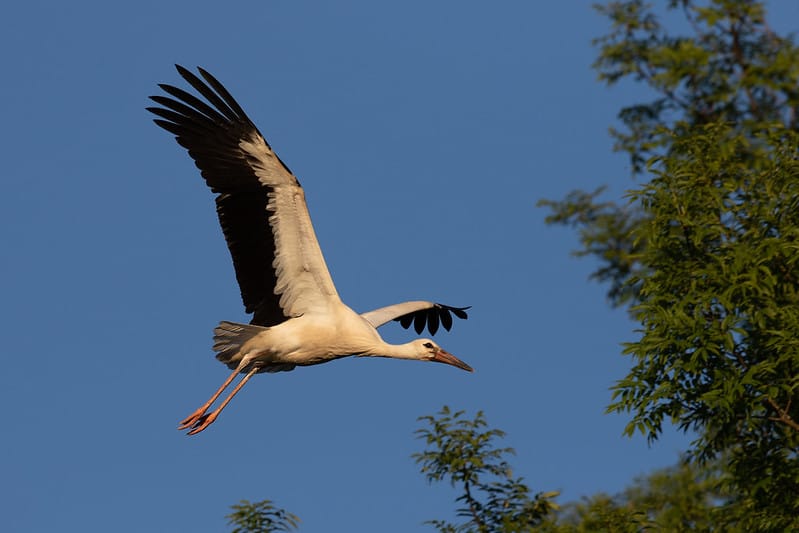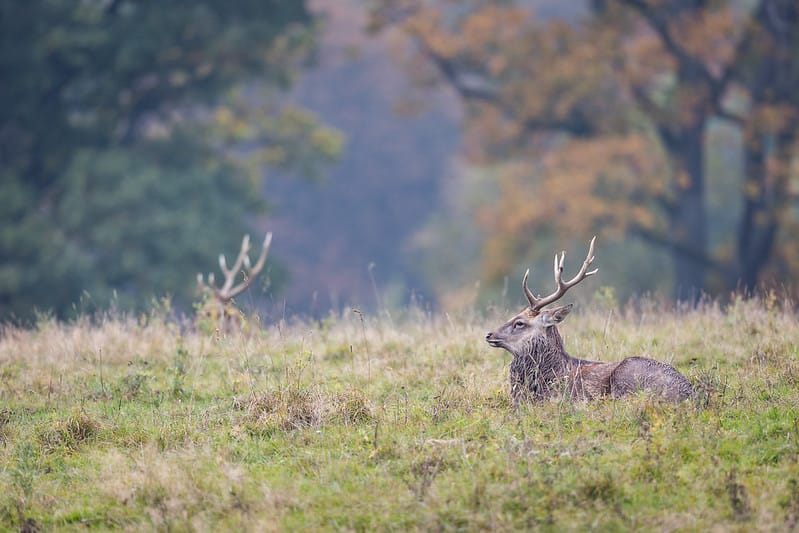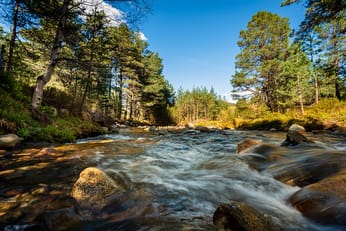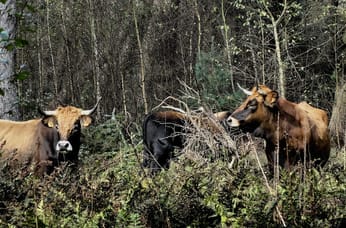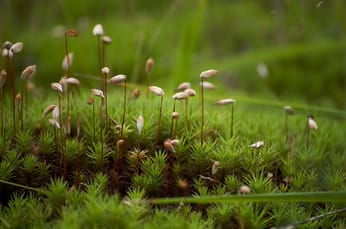
Celebrity Rewilding & New Farming Network
The latest news on nature and conservation in the UK.
National news
Rewilding | What unites the Spice Girls and the Royal Family? Rewilding, according to two separate stories in the Telegraph. Following the news a few weeks ago that Wild Ken Hill planned to reintroduce sea eagles to Norfolk, the Telegraph got a statement from the nearby Sandringham Estate confirming that they would “always welcome the opportunity to contribute to the conservation work in the area." Perhaps more unexpectedly, Geri Horner (née Halliwell) told the Sunday Telegraph that she wants to rewild part of her Oxfordshire Estate: “I think it would be amazing to have beavers and wildcats on my land,” she said. All this excitement prompted a further disapproving comment piece in the Telegraph: “We all yearn for communion with nature, yet the message of the chic rewilders seems to be that no humans but themselves may enjoy the private Edens in which the owl lies down with the lynx,” wrote Jane Shilling.
Investment | The government has announced a new £10m Natural Environment Readiness Fund to drive private sector investment in nature, with grants of up to £100,000 available to environmental groups, local authorities, businesses and other organisations. The intention is that an injection of public money will create a pipeline of projects that the private sector will subsequently support, and develop new funding models that can then be replicated elsewhere. This might include: the creation of new woodlands that later generate carbon offsets; the creation of new coastal wetlands that can attract funding from developers needing to deliver biodiversity net gain; and the restoration of river catchments that will reduce treatment costs for water companies. Farming UK covered the news.
Wildflowers | Seven in 10 councils across England are using mowing or management regimes designed to boost wildflowers along roadsides, reports the Press Association. More than 190 local authorities responded to a Freedom of Information request with details of their management practices, with 136 indicating they had some sort of scheme to encourage wildflowers on road verges. These varied in nature and size: some were managing stretches as roadside nature reserves, for instance, while others were sowing colourful but non-native flowers that benefit pollinators. Trevor Dines of Plantlife said that the figures were “superb”.
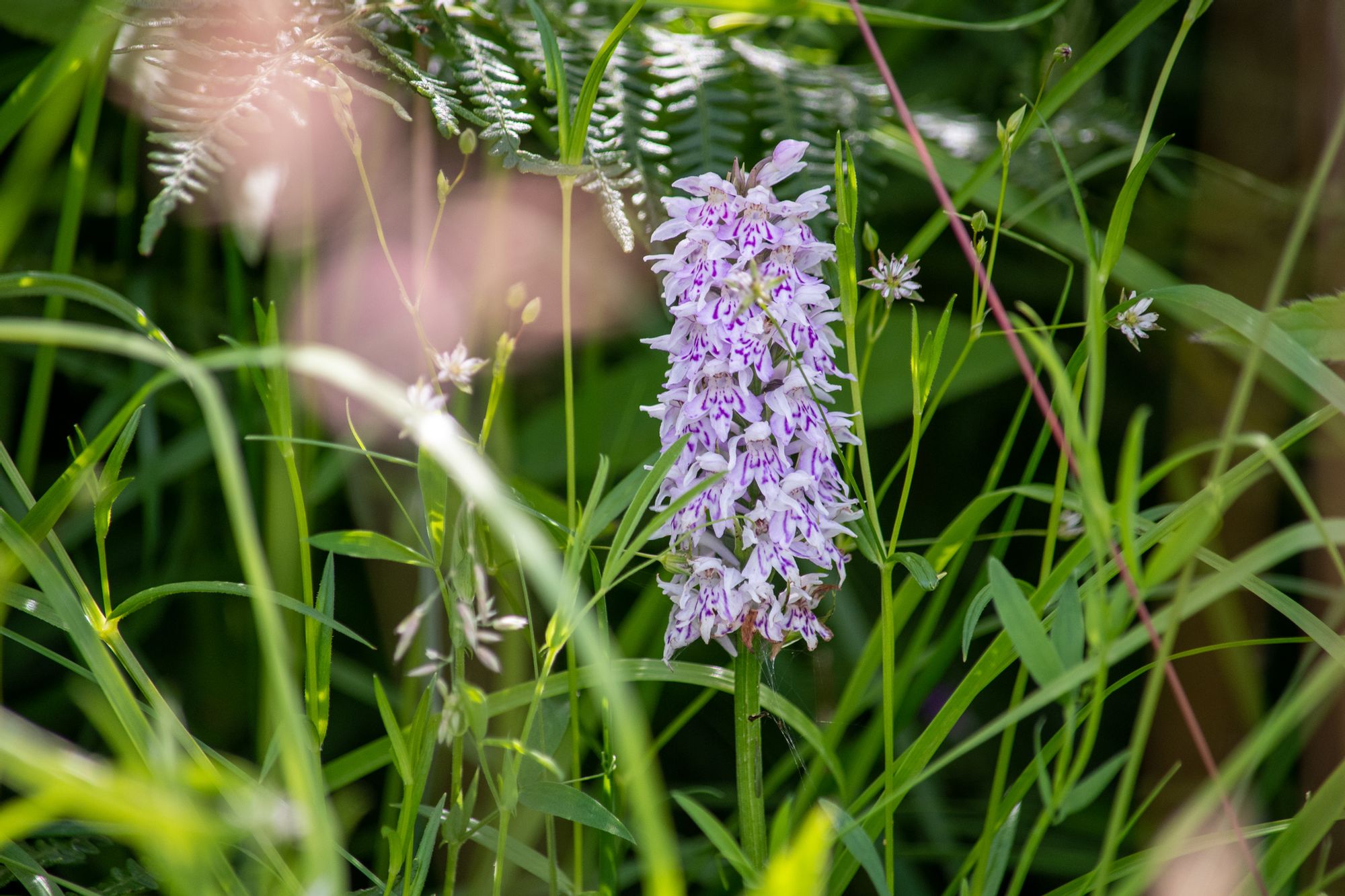
In other news:
- Fergus Ewing, Scotland’s rural economy secretary, has warned against alienating farmers in the fight to meet carbon targets, reports the Herald.
- The Wildlife Trusts have appointed Rob Stoneman, formerly of Rewilding Europe, to the new role of Director of Landscape Recovery.
- Gamekeepers are hatching a plan to reintroduce mountain hares to Langholm Moor, and hope to meet with the community that recently bought the land, reports the Herald.
- The Scottish Land Commission has recommended that all large land sales in Scotland should be subject to a public interest test to ensure wider social or environmental benefits, reports the Guardian.
- The Scottish Agricultural Organisation Society will soon unveil a new platform to measure the environmental performance of farmers, reports the Press and Journal.
Across the country
Breckland | Forty farms, covering more than 100,000 acres of lowland, have joined together to create the Breckland Farmers Wildlife Network. The project encompasses a combination of large estates and small farms, with the common aim of creating a landscape-scale wildlife network across the agricultural landscape, reports the Eastern Daily Press. The project is one of the government’s many trials, the outcomes of which will determine the future of its Environmental Land Management Scheme. The existing biodiversity was audited by Paul Dolman, professor of conservation ecology at the University of East Anglia, while another researcher, Rob Hawkes, is exploring how the landscape can be managed for target species.
Kent | The battle continues to prevent the development of a new theme park on Swanscombe Marshes in Kent. Three conservation charities – Kent Wildlife Trust, Buglife and the RSPB – have united to save the site. Together, they presented the government with a document outlining why they believe the area should be designated as a Site of Special Scientific Interest, as well as a letter signed by 77 current and former senior staff from nature organisations and public bodies. The BBC reports on the story, with further information from Buglife. According to the Telegraph, an announcement on the SSSI designation is due in weeks, and the discovery of the rare Distinguished Jumping Spider on the site may help to push the outcome in favour of the charities.
Solihull and beyond | There has been a flurry of interesting woodland stories this week. In Solihull, plans are afoot to create a new Arden Forest, the ancient woodland that once covered the region, according to the Birmingham Mail. Councillor Andy Mackiewicz said that, to achieve this, “the council will work closely with residents and landowners to explore opportunities for tree planting and rewilding of land." On the Isle of Man, the BBC reports on the planting of a new 85,000-tree “people’s wood”. In Hereford, patches of ancient woodland have been saved after two road schemes were scrapped, according to the Woodland Trust. In Shrewsbury, another area of ancient woodland has been saved after plans for a housing development were rejected, reports the Shropshire Star.
Elsewhere:
- Plans to build a rabbit meat farm have met with furious opposition in Cornwall, with concerns over the landscape, impact on wildlife, pollution and demand for the meat, reports Cornwall Live.
- A potato producer in Norfolk has given £14,000 to charity after discharging sludge into a stream, according to the Environment Agency.
- A group in Stourbridge is working to prevent a meadow from development, reports the Express and Star.
- A feature in the Guardian looks at how a “creative rewilding” of London has been inspired by the Swedish city of Malmö.
- A citizens’ jury has looked into the future of Newcastle’s River Ouseburn, according to the Environment Agency.
- Natural England will expand the size of the Lower Derwent Valley nature reserve by almost a third, reports BirdGuides.
- An area of marshes has been put up for sale in Norwich, and community campaigners hope they will be protected by their buyer, reports the Eastern Daily Press.
- In Islington, a tunnel has been occupied by protesters opposing council plans to cut down trees for new housing, reports the Press Association.
- Two beavers have been released into an enclosed site in west Dorset, thanks to the Dorset Wildlife Trust.
- Around a quarter of the Rosenannon Downs Nature Reserve in Cornwall has been destroyed following an arson attack, according to the Cornwall Wildlife Trust.
Reports
Flooding | Parliament’s Environment, Food and Rural Affairs Committee has released a new report on flooding, taking into account the occurrence of more frequent and severe storms in the UK. It calls on the government to commit to a flood resilience objective and to better protect the 5.2 million properties currently at risk of flooding, including through natural flood management; it says that allowing land to flood “must be appropriately incentivised, and doing so will require involving farmers and land managers at every stage of scheme design and implementation.” The Telegraph has covered the story, and Defra has responded here.
Farming | The government has released its analysis of the responses it received to its ‘policy discussion document’, which set out its initial thinking for the design of the new Environmental Land Management Scheme, the new subsidy system which will replace the EU’s basic payments scheme. There’s a lot of interesting stuff to get stuck into here, including around rewilding and inclusivity for small farms. In particular, outside of the responses coordinated or submitted by Rewilding Britain, it seemed there was little enthusiasm for rewilding; less than five percent of other respondents wanted to see rewilding explicitly addressed in the principles. There’s a summary here.
Newts | The Freshwater Habitats Trust has released the results of a two-year monitoring scheme for great crested newts. Run by the Newt Conservation Partnership, it examines the efforts made through the District Licensing scheme, where new habitats are restored or created when existing habitat is lost to development. Overall, it found that great crested newts had been recorded in 36 percent of 112 new or restored ponds, results that the partnership called “encouraging”.
Science
Willow tits | Post-industrial sites that have been accidentally rewilded provide an important habitat for willow tits, one of the UK’s most endangered birds, according to new research published in Bird Study. Sadly, it’s not open access, but there’s a nice account of the findings in the Guardian, which explains that the birds need an unusually large area to thrive. “They like what we tend to think of as quite rubbish woodland, up to 30 years old. That’s their niche because their superpower is they can dig a nest cavity of their own, which gives them the edge in marginal habitats,” says lead author, Richard Broughton.
People | A new study in People and Nature looks at the potential synergies and trade-offs between the needs of people and nature in conservation and agroecological farming. The researchers examined how different approaches can deliver those needs, particularly when it comes to the use of large herbivores, focusing on areas across south-east England. This detailed thread by one of the authors does a better job of explaining the findings than I ever could.
Food | An interesting study published in Food Security looks at the amount of food produced within the Leeds city region. Surprisingly, the researchers found that almost half of the city’s calorific demand could be met by the food currently produced within the district – but that there was little diversity in the products and that the most deprived areas would be impacted first by supply disruptions. They also identified more than 1,000 square kilometres of warehousing, derelict land and abandoned buildings that could be used for food production in the future, many of which were in areas suffering most from food poverty.
Driftwood
National parks | I don’t think I’ve ever included a video in the roundup before, but this is unmissable. This 100-second clip by Daniel Raven-Ellison looks at what the UK’s national parks really look like; each second of the walk reveals one percent of these landscapes. Watch it on the biggest screen you possess.
Woodland | The RSPB has released the results of a fascinating project to map areas where new forests could be planted in the UK, avoiding areas of important non-woodland habitats, sites designated for nature conservation, highly productive farmland, and towns and cities. There’s a nice interactive version, plus a more detailed report showing the methodology.
Beavers | A blog from the Beaver Trust recounts the dramatic escape of a beaver from a £45,000 enclosure at the rewilded Knepp Estate in West Sussex. The story is told from various perspectives, including the angler who helped to recapture the escapee, Knepp’s resident ecologist and the beaver herself.
Further reading:
- The Scotsman has a nice feature on efforts to bring nature into Scotland’s derelict sites.
- WalesOnline has an interview with Iolo Williams, where he talks about the ecological state of the Welsh countryside.
- Defra has published a blog on how they are engaging with farmers to shape their future policies.
- A coalition of Scottish environmental charities have published their Manifesto for Nature and Climate, setting out their priorities for the next Scottish Parliament.
- The Wildlife Trusts have released a damning statement on the delay to the government’s promised peat strategy.
Happy days
Lynx | If you want something entertaining to fill the long winter evenings, rewilding charity Scotland: The Big Picture is giving away free digital copies of The Lynx And Us, an illustrated book by lynx expert David Hetherington. It looks at the role of lynx in the landscape and the potential for its return to the UK. Head to the store and enter the code LynxToScotland.
Image credits: Sue Cro, Sophie Yeo
Subscribe to our newsletter
Members receive our premium weekly digest of nature news from across Britain.
Comments
Sign in or become a Inkcap Journal member to join the conversation.
Just enter your email below to get a log in link.


